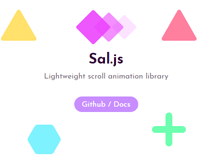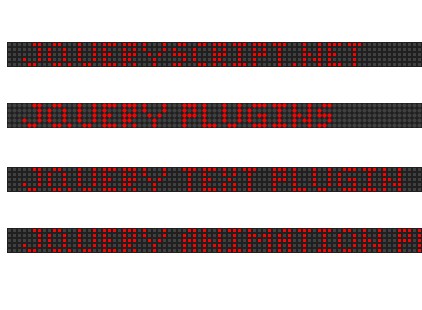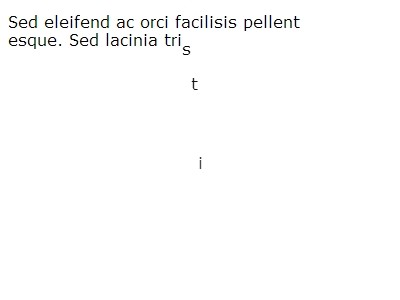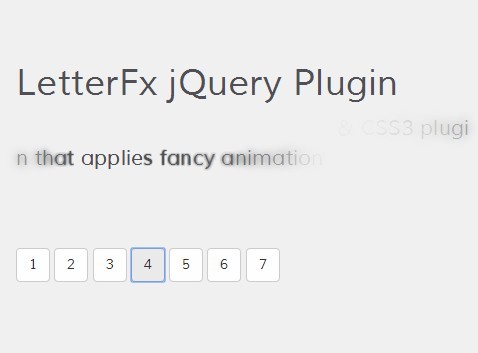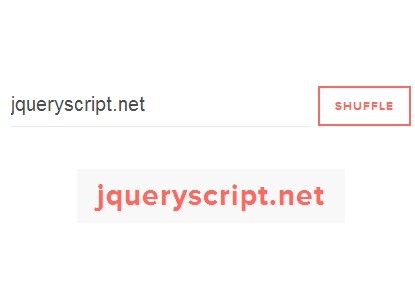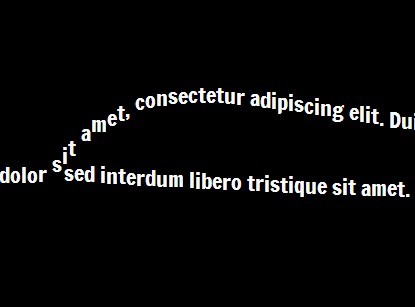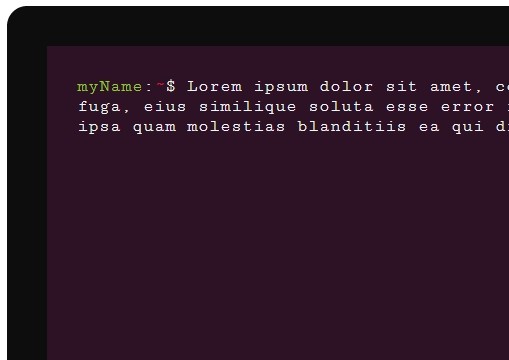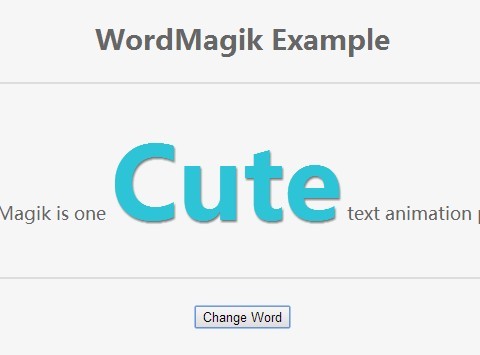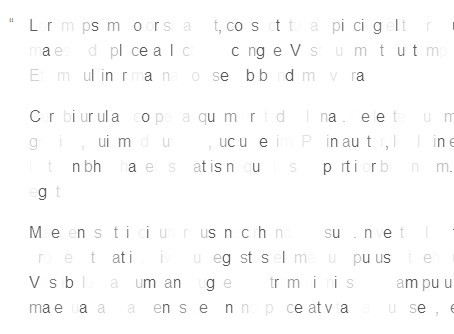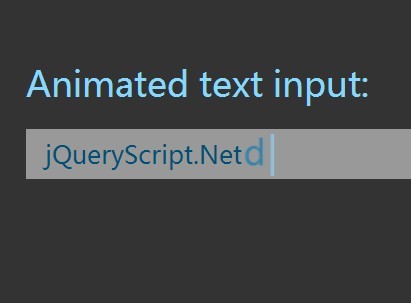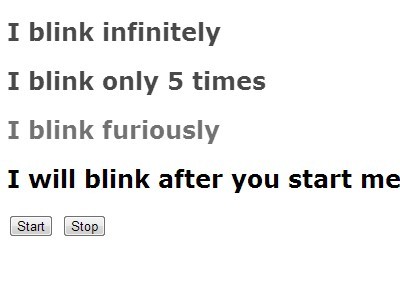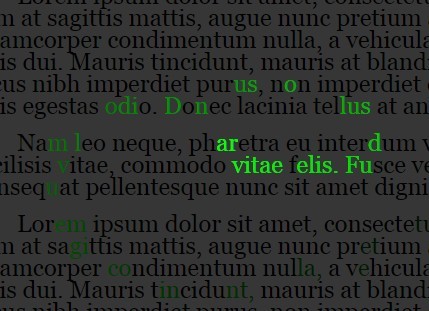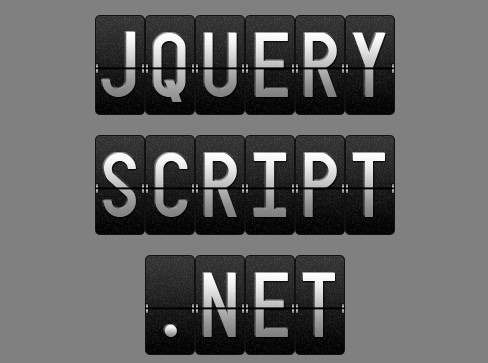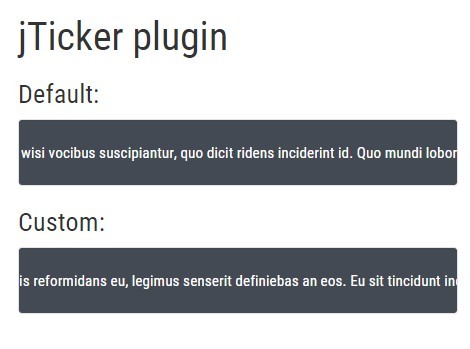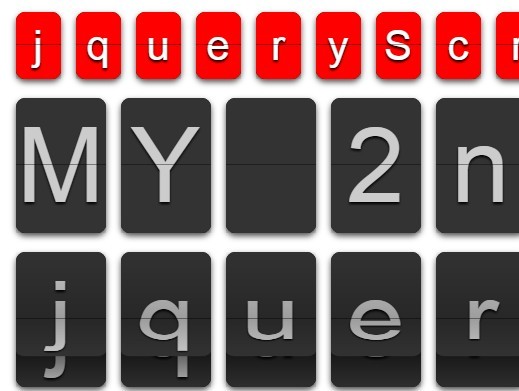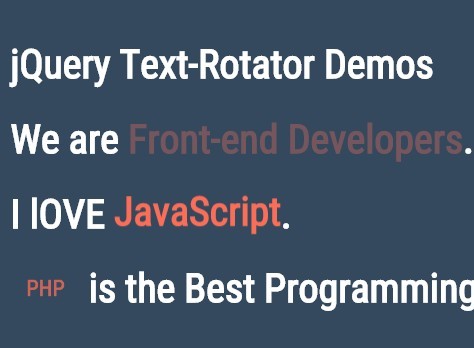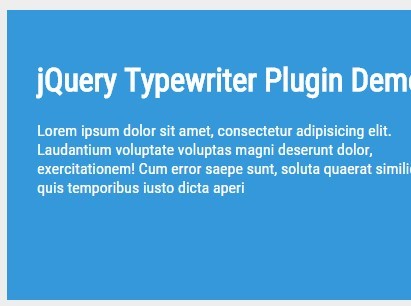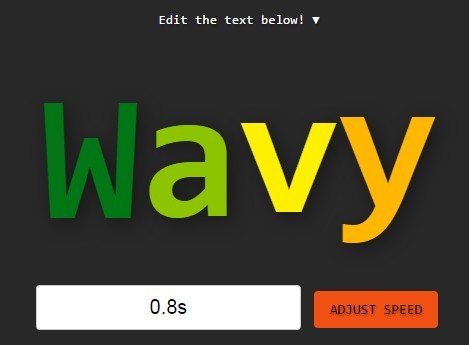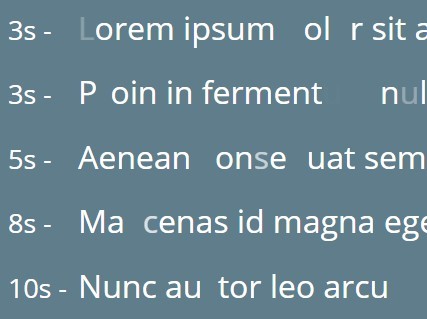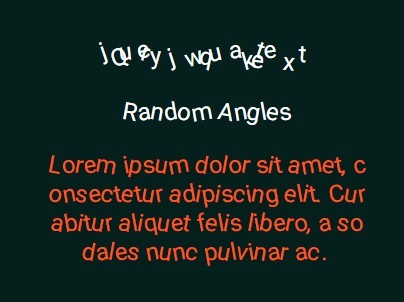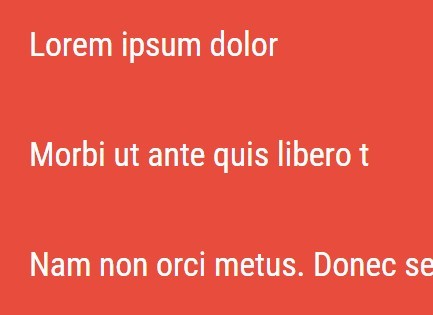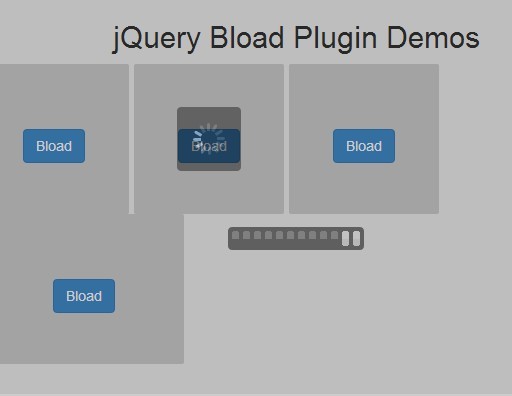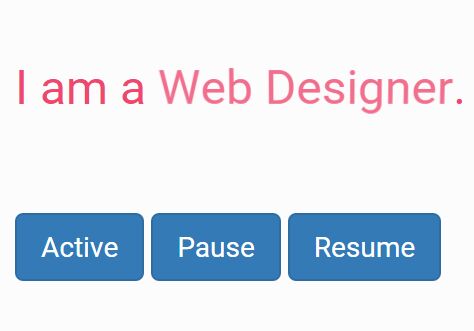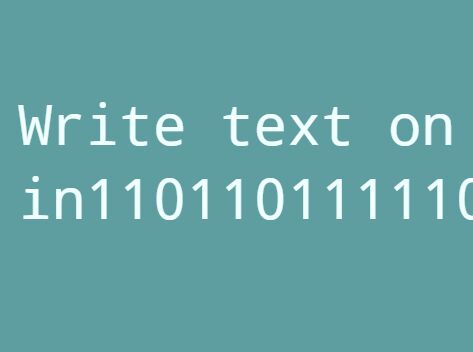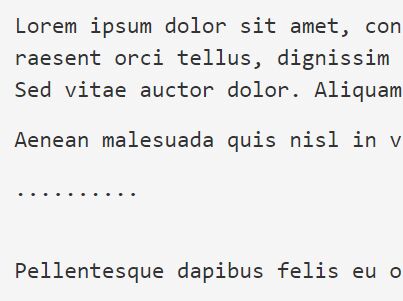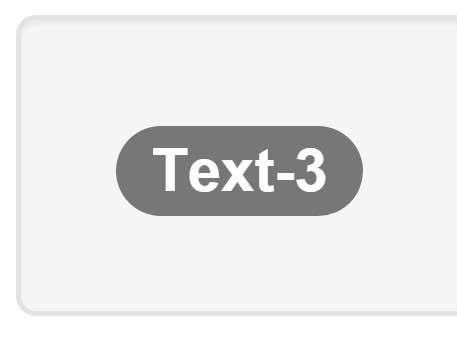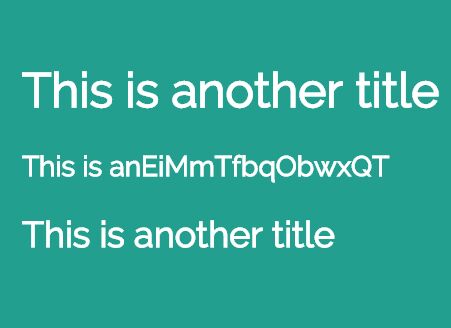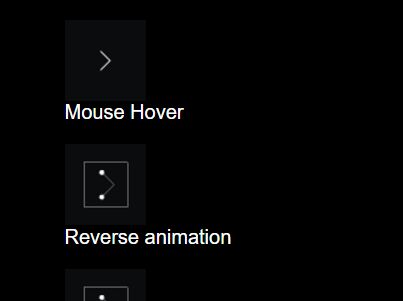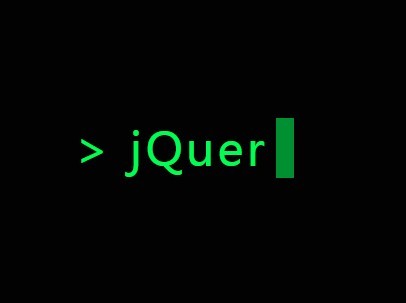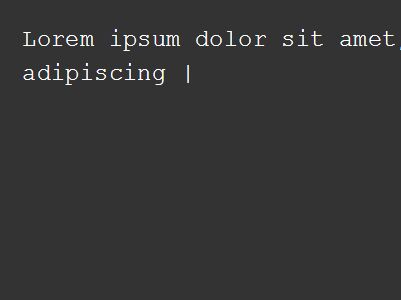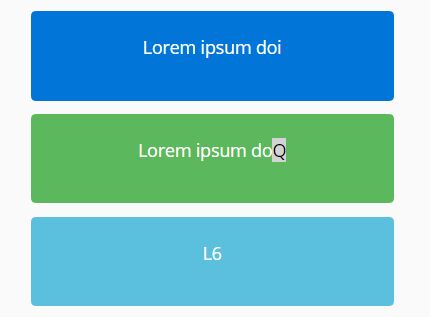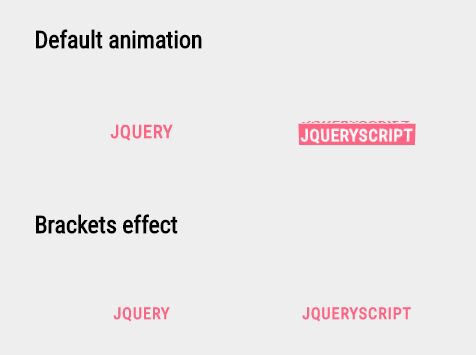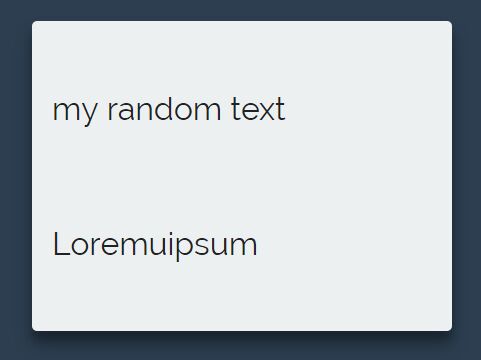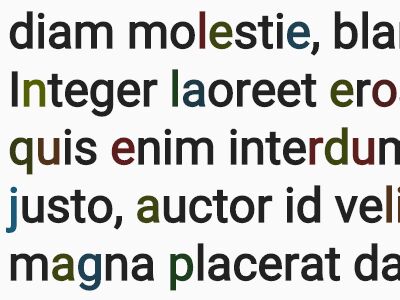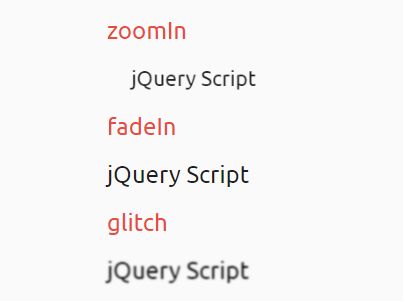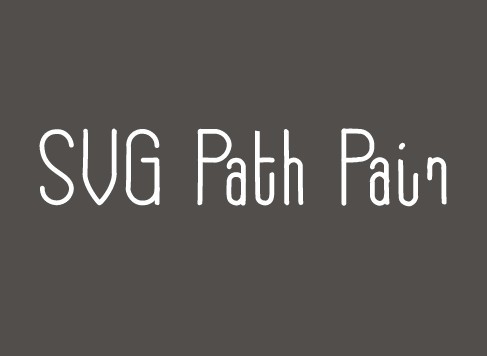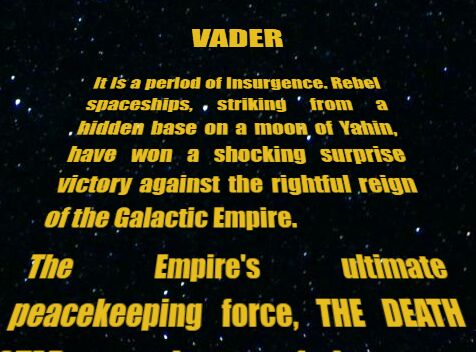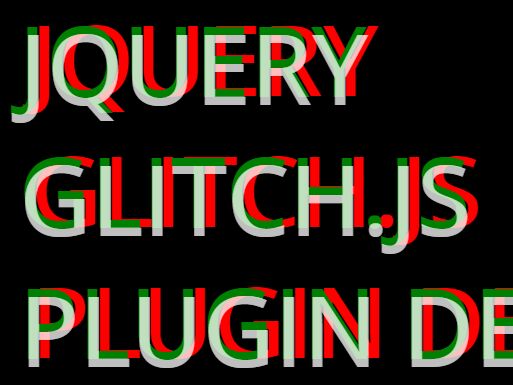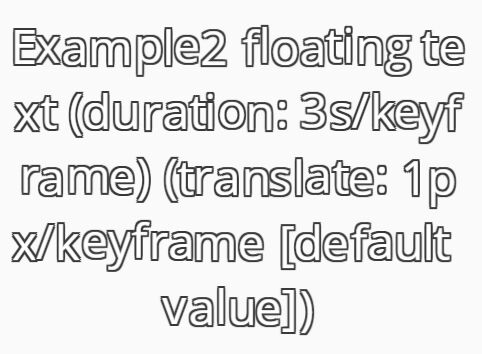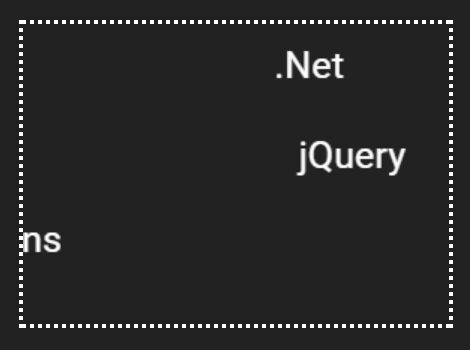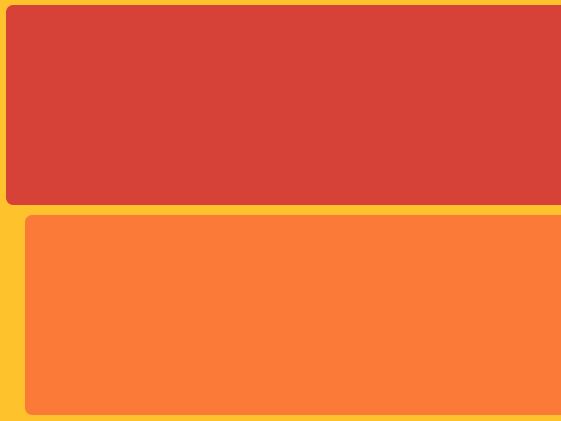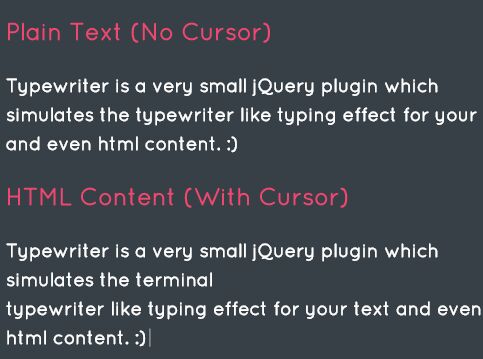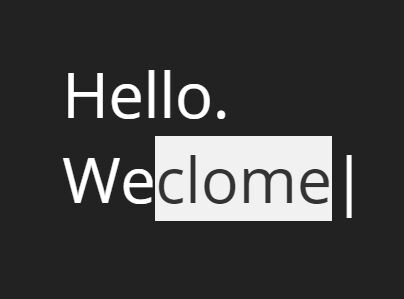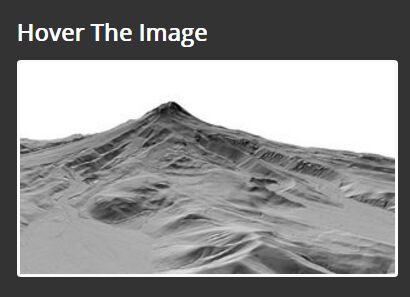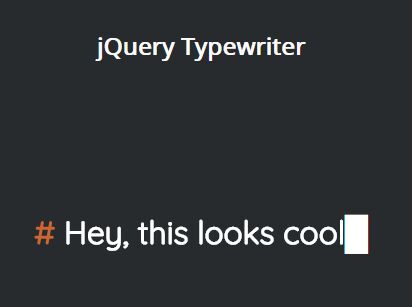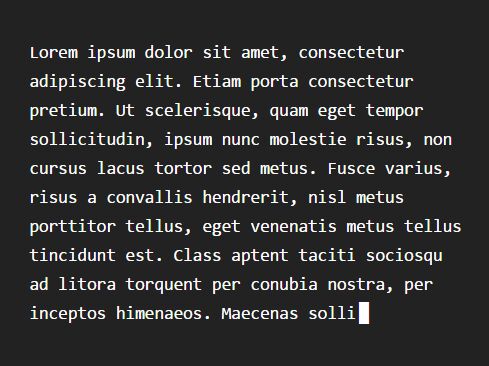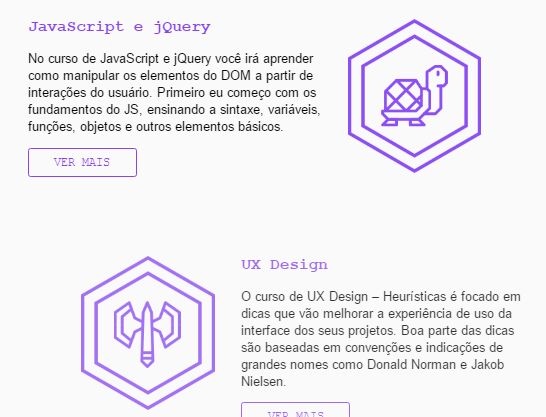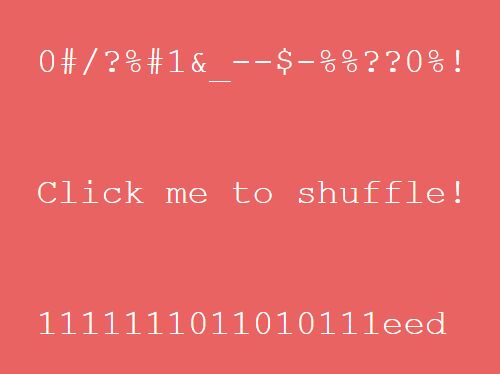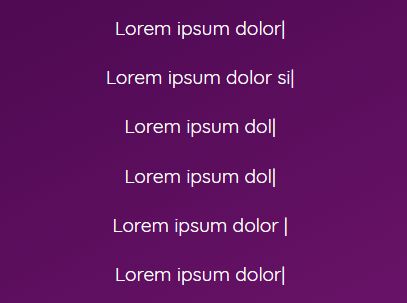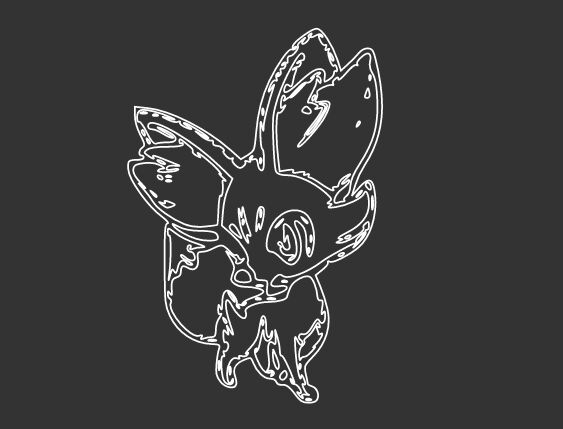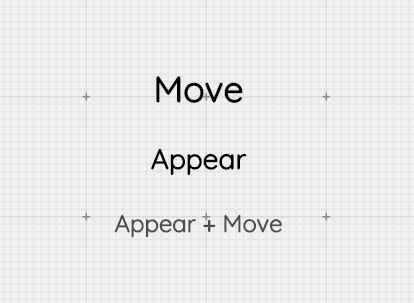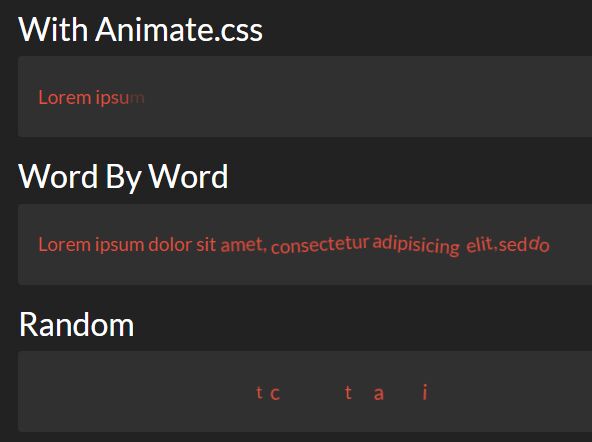Sal 


Performance focused, lightweight (less than 2.8 kb) scroll animation library, written in vanilla JavaScript. No dependencies!
Sal (Scroll Animation Library) was created to provide a performant and lightweight solution for animating elements on scroll. It's based on the Intersection Observer, which gives amazing performance in terms of checking the element's presence in the viewport.
Note: Intersection Observer API is an experimental technology so be sure to consult the browser compatibility table and consider using a polyfill.
Table of Contents
Install
# Usage with NPM $ npm install --save sal.js # and with Yarn $ yarn add sal.jsLoad it with your favorite module loader or use as a global variable
// ES6 modules import sal from 'sal.js' // CommonJS modules var sal = require('sal.js')And remember to add styles
// Webpack @import '~sal.js/sal.css'; // Other @import './node_modules/sal.js/dist/sal.css';Usage
In HTML, add a data-sal attribute with the animation name as value, e.g.:
<div data-sal="fade"></div>Then simply initialize Sal in your script file:
sal();It will look for all elements with a data-sal attribute and launch their animation when in viewport.
Animations
In sal.js you can easily change animation's options, by adding a proper data attribute:
data-sal-duration- changes duration of the animationdata-sal-delay- adds delay to the animationdata-sal-easing- sets easing for the animation
For example:
<div data-sal="slide-up" data-sal-delay="300" data-sal-easing="ease-out-bounce" ></div>The library supports several animations:
fadeslide-upslide-downslide-leftslide-rightzoom-inzoom-outflip-upflip-downflip-leftflip-right
Options
| Property | Type | Description | Default |
|---|---|---|---|
threshold | Number | Percentage of an element's area that needs to be visible to launch animation (see docs) | 0.5 |
once | Boolean | Defines if animation needs to be launched once | true |
disable | Boolean | Flag for disabling animations | false |
You can set options during Sal's initialization, e.g.:
sal({ threshold: 1, once: false, });Advanced options
| Property | Type | Description | Default |
|---|---|---|---|
selector | String | Selector of the elements to be animated | [data-sal] |
animateClassName | String | Class name which triggers animation | sal-animate |
disabledClassName | String | Class name which defines the disabled state | sal-disabled |
rootMargin | String | Corresponds to root's bounding box margin (see docs) | 0% 50% |
enterEventName | String | Enter event name (see Events) | sal:in |
exitEventName | String | Exit event name (see Events) | sal:out |
API
| Method name | Description |
|---|---|
enable | Enables animations |
disable | Disables animations |
Public methods are available after Sal's initialization:
const scrollAnimations = sal(); scrollAnimations.disable();Events
This library supports events, fired when element is entering or exiting viewport (they are named sal:in and sal:out by default). Property detail is IntersectionObserverEntry object.
You can attach listener to specific element.
// Get element with ".animated" class, which has "data-sal" attribute const element = document.querySelector('.animated'); element.addEventListener('sal:in', ({ detail }) => { console.log('entering', detail.target); });or to the whole document
document.addEventListener('sal:out', ({ detail }) => { console.log('exiting', detail.target); });License
Created by Mirosław Ciastek. Released under the MIT License.
